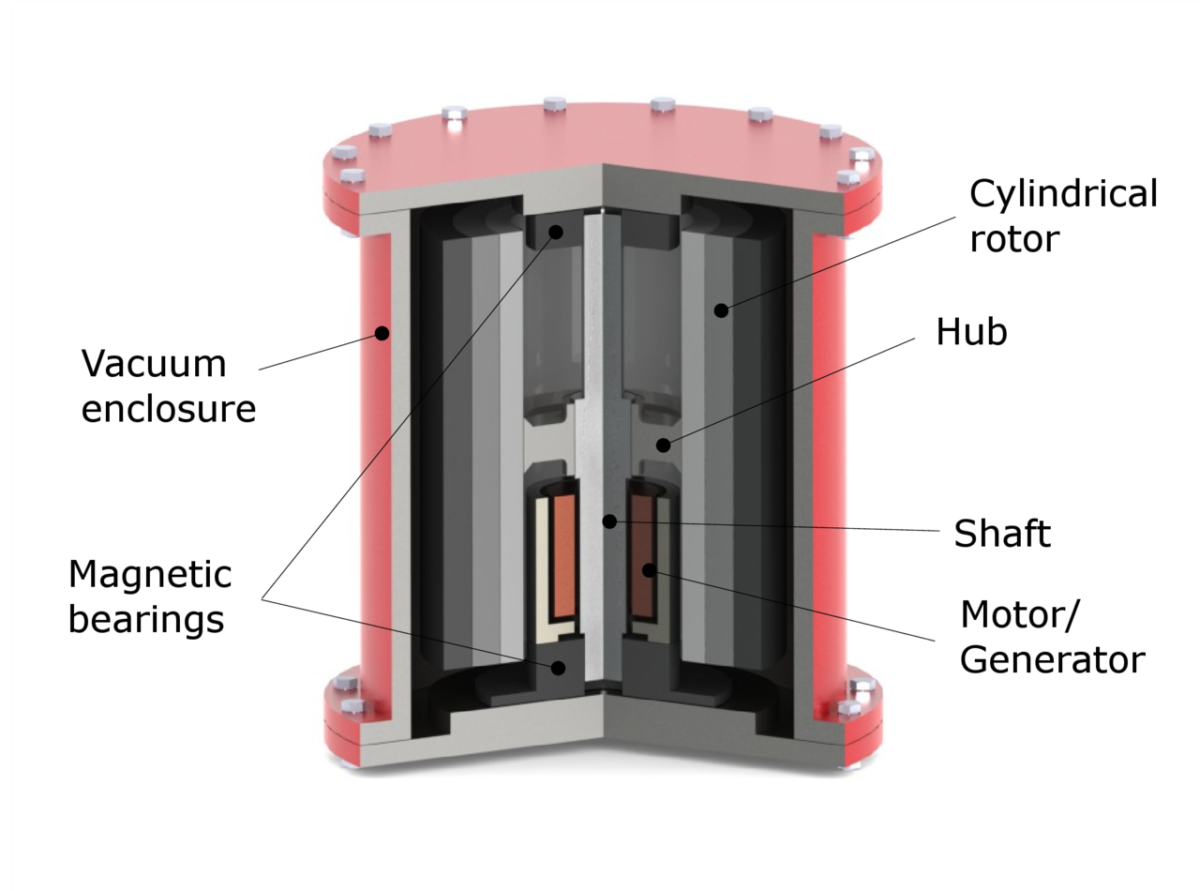Scientists from the Siksha ‘O' Anusandhan Deemed to be University in India have conducted an extensive review of all flywheel energy storage systems (FESS). In “Flywheel energy storage systems: A critical review on technologies, applications, and future prospects,” which was recently published in Electrical Energy Systems, the researchers explain that FESS are an optimal mechanical storage solution under high energy and power density, higher efficiency, and rapid response.
“With the potential of 500 MJ storage and power range of kW to GW, FESS operates many applications, among which most common are for power quality enhancement, uninterruptible power supplies (UPS), and flexible AC transmission system (FACTS),” they said. “For such applications, BESS is unlikely to last longer, even for 10 years, due to its short lifecycle since the number of cycles for these applications is frequently too high.”
Compared to other mechanical energy storage technologies such as pumped hydro and compressed air, flywheel storage has higher values for specific power, specific energy, power and energy density, lifecycle, efficiency, self-discharge rate, and energy capital costs. By contrast, it has lower values for lifespan, scale, maintenance and power capital costs. Its impact on the environment is described as “extremely low,” while that of pumped hydro and compressed air is presented as “medium to low” and “high to medium,” respectively. The scientists said extremely high self-discharge rates and safety are the main shortcomings for FESS.
The study reviews all components used in FESS in terms of different rotor configurations, motor/generator (M/G), rotor bearings, various power electronic interfaces, and housing. It also presents a state-of-the-art survey of different applications for uninterrupted power supply (UPS), transportation, solar and wind energy storage, flexible-AC-transmission-system (FACTS) devices, marine, space, power smoothing, and frequency regulation.
Popular content
In addition, the paper looks at FESS costs and assesses various control approaches. It also looks at stability and maintenance.
“Modern technology advancement and investigation reveal that the FESS is an assuring candidate for administering ancillary benefits, promoting the incorporation of renewable energy generation, and delivering a promising future in commercialization,” the academics said. “FESS holds many merits compared to other ESSs units such as modular, recyclable, quick response, larger peak power, long life-cycle, highly efficient, eco-friendly, and high energy density.”
This content is protected by copyright and may not be reused. If you want to cooperate with us and would like to reuse some of our content, please contact: editors@pv-magazine.com.



1 comment
By submitting this form you agree to pv magazine using your data for the purposes of publishing your comment.
Your personal data will only be disclosed or otherwise transmitted to third parties for the purposes of spam filtering or if this is necessary for technical maintenance of the website. Any other transfer to third parties will not take place unless this is justified on the basis of applicable data protection regulations or if pv magazine is legally obliged to do so.
You may revoke this consent at any time with effect for the future, in which case your personal data will be deleted immediately. Otherwise, your data will be deleted if pv magazine has processed your request or the purpose of data storage is fulfilled.
Further information on data privacy can be found in our Data Protection Policy.